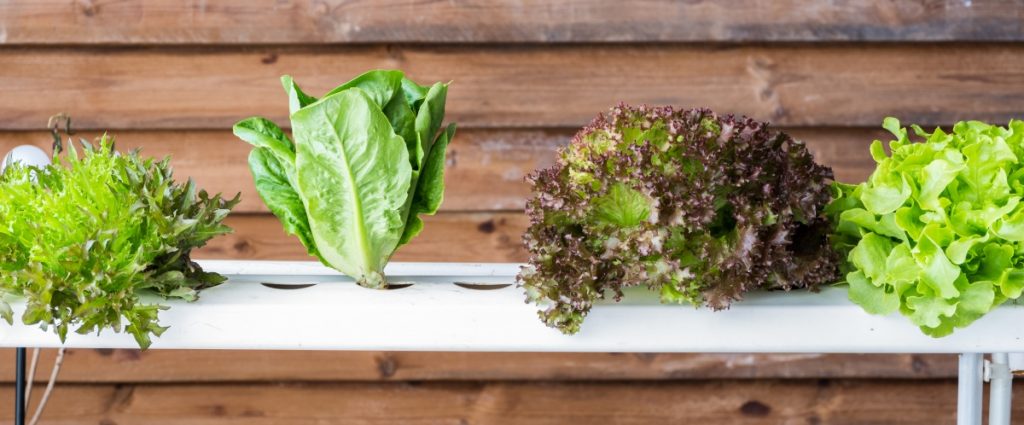Are you interested in creating your own hydroponic garden?
In this article, we’ll explore what hydroponic gardening is, how to get started doing it, and cover some of the common issues you may come up against as you start your garden.
Let’s dive in!
What is Hydroponic Growing?
Hydroponics is a type of gardening that involves growing plants in a solution of water instead of soil.
It’s an excellent way to grow your garden without using any type of soil.
This method of growing fruits and vegetables in water allows the roots to breathe freely, which prevents them from rotting and makes them resistant to disease.
In addition to being a great way to increase yields in your garden, it can also help you save space in the home by eliminating the need to maintain a traditional garden.
Many professional growers use hydroponics to produce crops that are larger and higher quality than traditional crops grown in the soil.
Although this type of gardening may seem complicated at first, it is actually fairly simple to learn.

How Does Hydroponic Gardening Work?
Hydroponic gardening works by simulating the conditions that exist in nature without the need for a traditional garden.
Plants grow in a solution containing nutrients that give them everything they need to grow. Solutions are typically made of water and an inert medium such as sand or gravel.
Since the roots don’t need to struggle to access the nutrients they need, the plants will grow much faster and much more efficiently than they would in a traditional garden.
Since they don’t have to fight through dense layers of soil and weeds to get to the nutrients they need, the plants also grow to be much larger and healthier.
Hydroponic gardening can be used in almost any climate.
While traditional gardens only work in certain locations, hydroponic gardens can thrive almost anywhere.
This means that anyone can grow their own food regardless of where they live with hydroponic gardening.
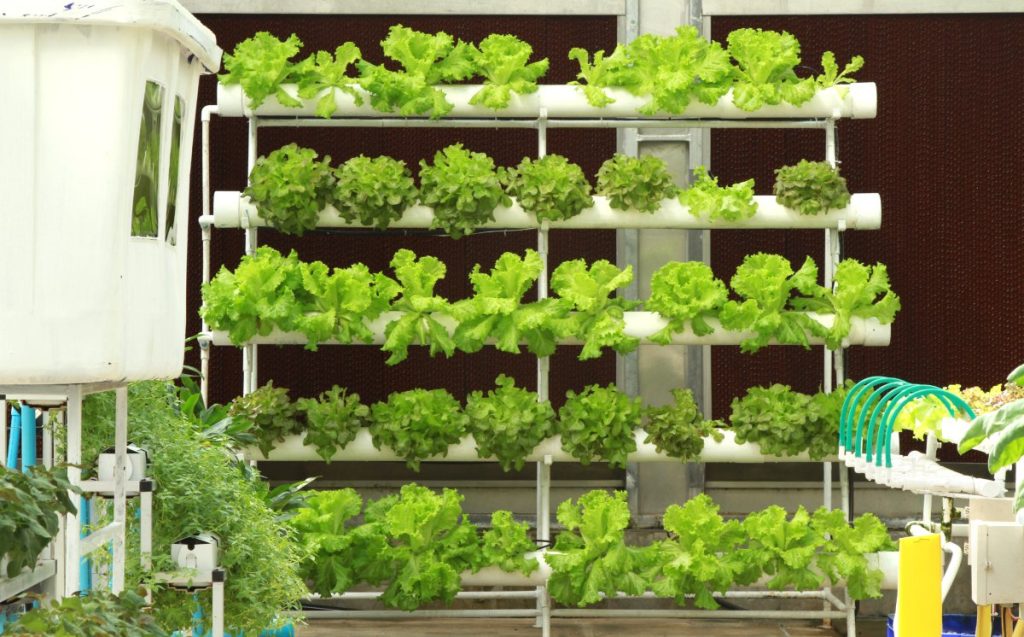
Why Should You Try Hydroponic Gardening?
There are many reasons why you should consider trying hydroponic gardening. First of all, it is much less labor-intensive than traditional gardening.
Instead of spending hours working in the garden every week, you can simply fill the solution with the nutrients your plants need and let the system take care of itself.
This saves a lot of time and makes gardening much easier. You can also grow a wide variety of different crops using the same setup by simply changing the nutrient solutions as needed.
This allows you to grow a full range of fruits and vegetables without having to maintain a traditional garden.
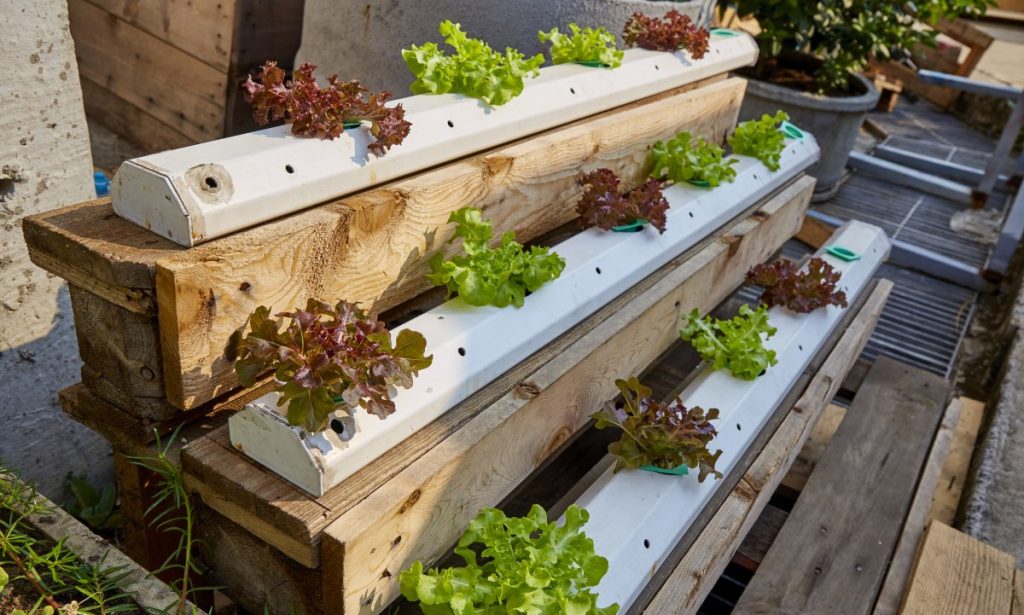
Benefits of Hydroponics in Agriculture
For large-scale farming operations, the benefits of hydroponics are even greater.
Hydroponic plants tend to yield a much higher quantity and quality of produce than traditional crops, allowing farmers to make more and sell more fresh produce to their consumers.
In addition, they are easier to maintain than traditional crops since there is no need to weed, water, or fertilize them.
These advantages have led many large-scale farmers to begin using hydroponic systems to grow their crops.
Benefits for Small-Scale Farmers
There are also many benefits for small-scale farmers who are interested in starting their own hydroponic gardens.
Since the systems are much less expensive than traditional farms, they can be an affordable way to get started if you are on a tight budget.
They can be a great way to keep your overhead costs low and grow your business at your own pace.
Hydroponic gardens are fairly low-maintenance as well since they don’t require any weeding, watering, or fertilizing after the initial setup.
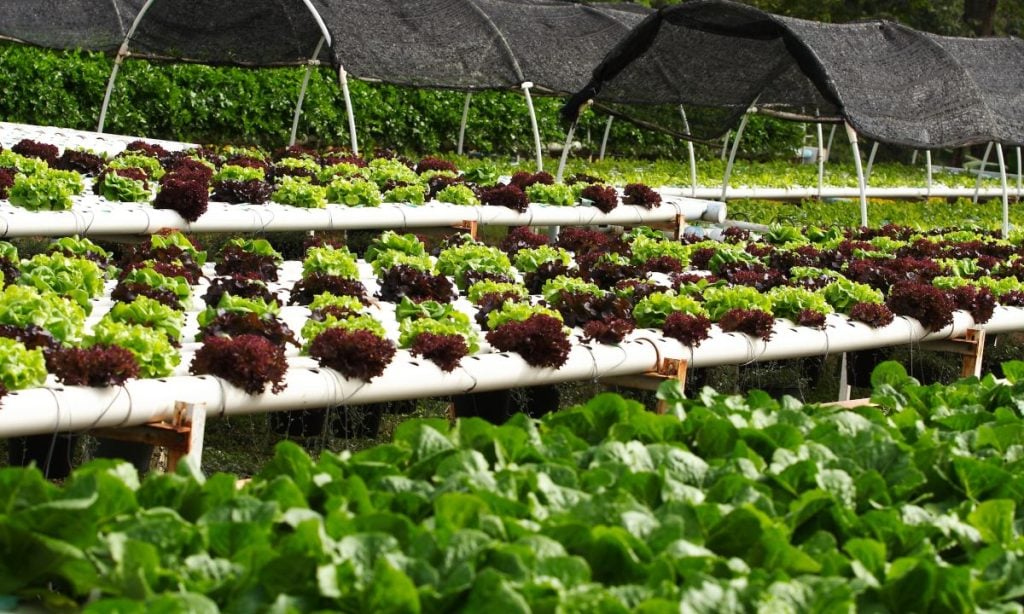
Advantages of Hydroponics Farming over Traditional Farming
Here are a few more advantages of hydroponic gardening:
- You can reuse the water that is being used for your crops, meaning that you are not wasting valuable resources every time you need to water your plants.
- You are able to control the environment much more easily than you would in a traditional garden. This makes it much easier to ensure that your plants are getting all of the nutrients that they need to stay healthy.
- It is much easier to monitor the health of your plants in a hydroponic garden than it would be in a regular garden.
You can keep a close eye on the plants that you are using to ensure that they are getting everything they need in order to stay healthy.

Be Prepared to Invest in Equipment
While the benefits of hydroponics are many, you’ll need to prepare for the cost of buying and maintaining the equipment that you need to be successful.
Equipment needed for hydroponic gardening includes:
- Grow lights – These are used to supply your crop with the light that they need to thrive.
- Grow tables – These are used to contain the roots of the plants in your hydroponic system.
- Reservoir tanks – These provide your crop with water for the roots to absorb from the grow table.
- Aeration fans – These ensure that the water in the reservoir tank stays aerated so that it does not stagnate and become toxic to the plant roots.
- Air pumps – These pump air into the reservoir tank so that the root zone remains oxygenated.
- PH testing kits – This kit is used to test the level of acidity of the water in the reservoir tank to make sure that the pH is kept at an optimal level for the plants.
- Nutrient solutions – You will need specially formulated nutrient solutions to provide the proper balance of nutrients for your plants’ needs.
You will also need to invest in the growing medium that will be used to grow your plants. Organic materials such as peat moss are often used for this purpose.
Plus, you’ll likely need to pay to have someone regularly maintain your equipment to make sure that it is in good working order at all times.
All of these things can end up costing you quite a bit of money when you first get started using hydroponics to grow your own crops.
Additionally, you may need to invest in new equipment from time to time depending on how successful you are at growing your crops and how large your garden becomes over time.

How to Set up a Hydroponic Garden
Ready to invest in a hydroponic garden? Here’s how to get started:
Begin by putting together a budget so you can determine how much money you can afford to spend on starting a hydroponic garden.
You can often save a great deal of money by purchasing used equipment from online classified ads or from your local garage sales.
Next, you will need to find a location for your hydroponic garden. Ideally, you should choose an area that receives plenty of sunlight throughout the day.
Most plants need a light cycle of at least 18 hours each day to grow properly.
You will also want to make sure that the area is well ventilated so that the plants do not get too hot when they are growing.
You should only set up your hydroponic garden in an area that is safe and secure so that it is not at risk of being damaged or stolen.
Your hydroponic garden should be protected from any wild animals that may be attracted to it so that they are not able to damage your plants in any way.
You will also need to set up some type of irrigation or watering system for your hydroponic garden to ensure that you properly hydrate your plants while they are growing.
Set up your irrigation system so that it waters the plants evenly throughout each cycle to help them grow strong and healthy.
After you have set up your garden, you will need to start planting the seeds.
There are many different types of plants that thrive well in a hydroponic garden, including tomatoes, peppers, lettuce, herbs, cucumbers, and radishes.
Select a few different varieties of your favorite plant to get started so that you have plenty of healthy vegetables to harvest throughout the year.
Be sure to follow the instructions that come with the seed packets to determine the amount of nutrients that each type of seed needs in order to grow properly.
Seeds typically need approximately one to two tablespoons of fertilizer for every square foot of soil in your garden.
You can purchase an organic form of fertilizer from your local gardening supply store or online to start your seeds off right.
If you are unable to find any organic fertilizers in your area, you can usually use a balanced fertilizer, which can be found at your local home improvement store.
Pour the fertilizer into a spray bottle so that it can be easily applied to the roots of each plant to help strengthen their growth and improve their overall appearance.
For best results, follow the directions on the package for each variety of seed to ensure they are properly fertilized as recommended.
After your seeds have sprouted into seedlings, you will need to provide support for them as they grow.
You can do this by using an aeroponic system that circulates air around the plants to ensure that they get enough oxygen to keep them healthy.
You can usually find these systems at your local gardening supply store or order them online if necessary.
Plants grown with an aeroponic system are usually healthier and stronger than those grown in a traditional soil garden because the roots are never allowed to dry out.
They are also more tolerant to disease because they have never come into contact with any harmful pests or diseases.
Aeroponic systems typically require less space than traditional soil gardens because they can be stacked on top of each other to increase crop yield.
Using an aeroponic system with your hydroponic garden is a great way to maximize your efficiency while reducing the amount of time you spend caring for your plants.
You can also purchase grow lights from your local gardening supply store in order to ensure that all of your plants are getting enough light to survive.
For the best results, you should turn your lights on in the morning and then keep them on throughout the day.
Then turn them off at night to give the plants time to relax and recover from the day’s activities.
When your plants are big enough to produce fruit, you will need to begin harvesting them on a regular basis so that you can continue to feed your garden throughout the season.
Harvesting is easiest to do during the peak of the growing season when the plant is fully mature and has ripened all of its fruits.
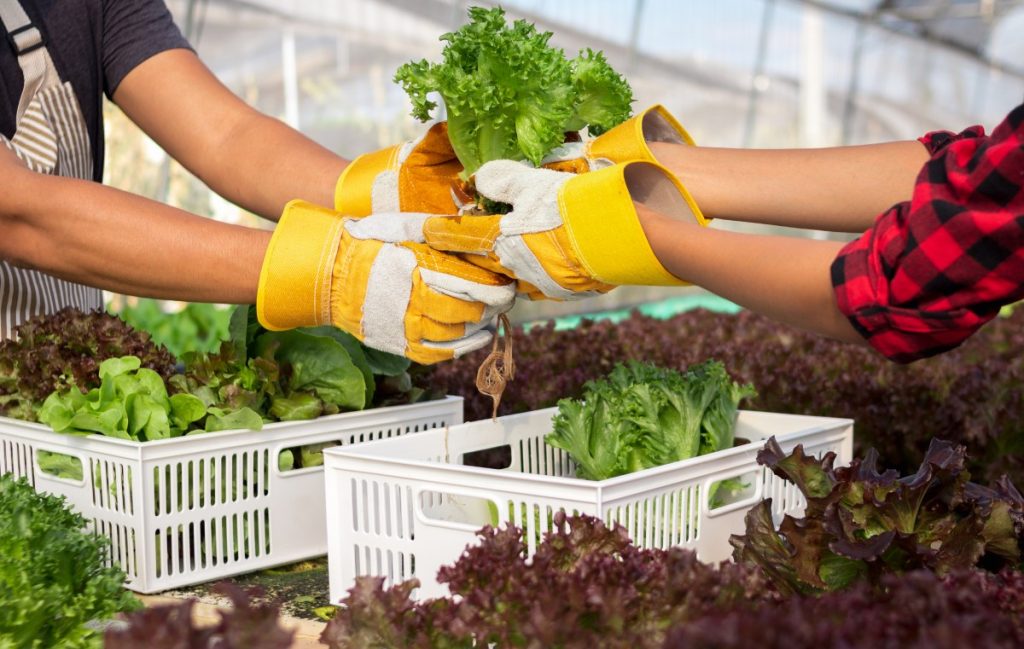
Common Issues with Growing Hydroponically
Here are a couple common problems you may run into when growing a hydroponic garden:
- Problems with power interruptions can be quickly solved by plugging the water pump into a surge protector (or the inverter in the case of a small generator).
- Poisonous chemicals can end up in the garden water which can cause damage to the plants and shorten their lifespan.
Check the pH level of the water regularly and make sure that it stays between 5.0 and 6.5 in order to prevent problems like this from occurring.
Final Thoughts
If you are passionate about gardening and you want to grow your own produce at home, a hydroponic garden is the perfect solution for you.
Be prepared to make a large initial investment in supplies and be rewarded with a bountiful garden down the road.
For more tips and tricks on growing your own product, head to our Homesteading Hub.
